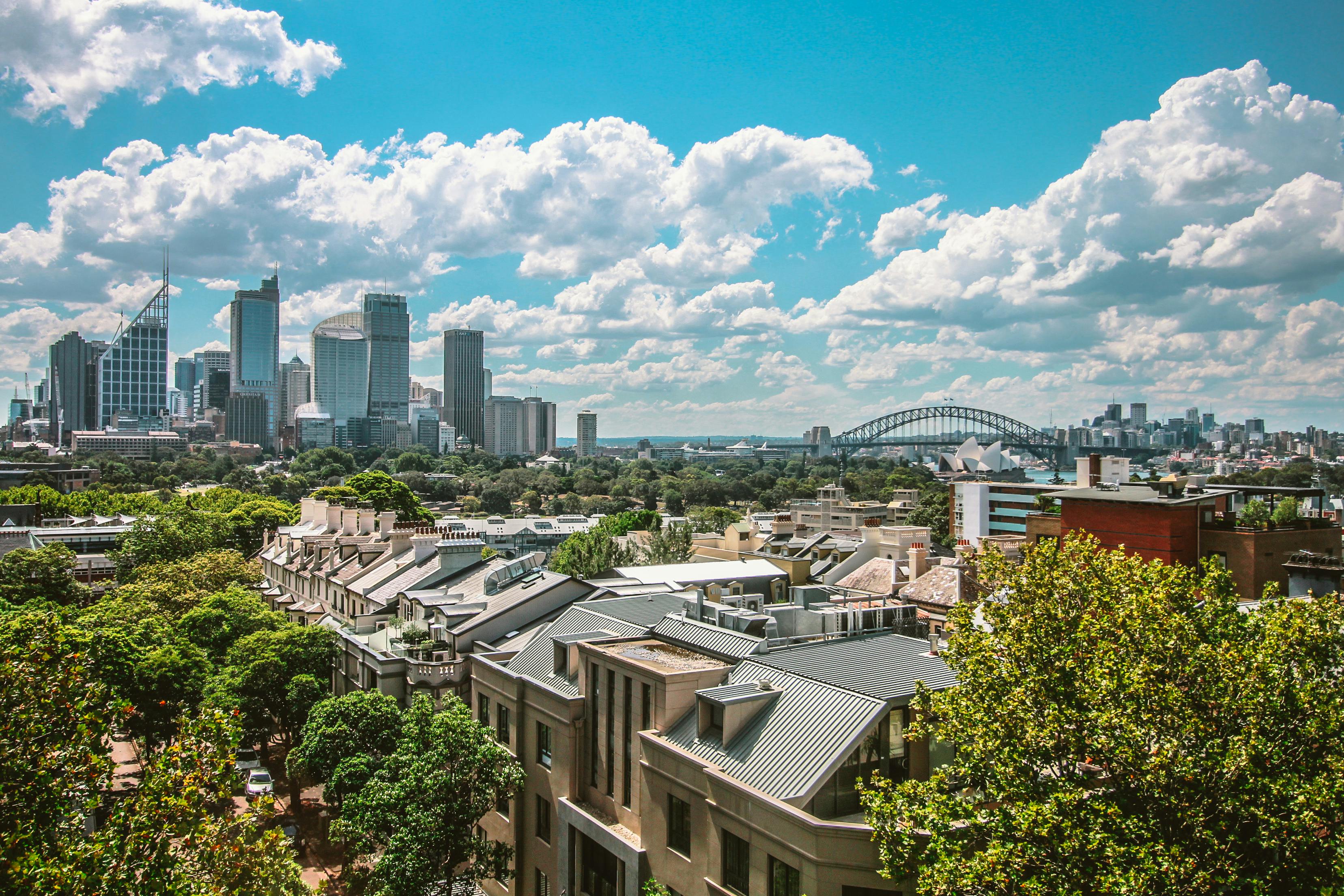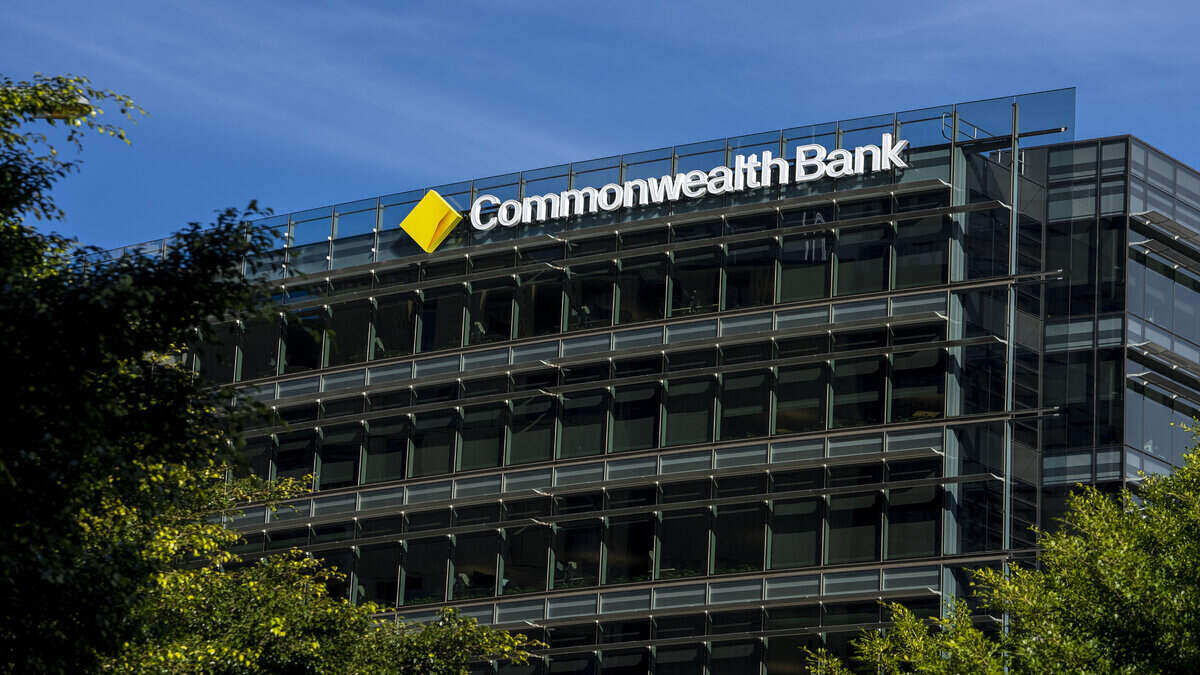According to data released by the Reserve Bank of Australia (RBA) today, 12-month ended housing credit growth (seasonally adjusted) fell to 3.99% in March.
This is down from the 4.19% (the previous all-time low) it was in February.
Monthly housing credit growth also fell, slipping back down to 0.25% in March from February’s 0.27%.
February saw a slight rise in monthly housing credit growth led by a minor bounce in owner-occupier lending growth.
But much of this rise in monthly growth was undone over March.
For owner-occupiers, monthly housing credit growth fell from 0.37% to 0.35% while 12-month ended growth fell from 5.91% to 5.65%.
For investors, monthly housing credit growth rose very slightly from the insipid 0.036% to 0.039% and 12-month ended growth fell from 0.85% to 0.72% (another all-time low).
Westpac Senior Economist Andrew Hanlan said it’s a case of “another month, another soft update” for private sector credit.
“Credit growth has moderated to a slow pace led by the housing downturn,” Mr Hanlan said.
One positive to take from the latest results is that the rate of the fall in credit growth looks to be slowing down, according to Mr Hanlan.
“Early in 2019, the pace of decline appears to have eased, consistent with some stabilisation of auction clearance rates and with new lending up in February,” he said.
“Going forward, indicators point to some further cooling of conditions, across prices and dwelling approvals.”
Home loan interest rates are on the move again, with banks and others trying to boost sluggish lending by offering special rates. @eddy_meyer #9News pic.twitter.com/GSa1rAk4AA
— Nine News Sydney (@9NewsSyd) March 20, 2019
Personal credit (credit cards, car loans, personal loans etc.) continued to fail to record any growth over the month, shrinking by -0.27% in March.
Personal credit hasn’t experienced monthly growth since January 2018 and its annual growth rate sits at a 9-year low of -2.77%.
CommSec Senior Economist Ryan Felsman said this signals that Aussies are saving more and spending less, which he said is not good news for retailers or the broader economy.
Mr Felsman added that tighter lending standards mean the availability and supply of credit to households continues to be a concern.
“Demand for housing credit, particularly for investors, has fallen sharply, exacerbating the property downturn,” he said.
“But the tentative stabilisation in owner-occupier credit growth suggests that borrowers of higher credit quality can still gain access to loans.”

Ready, Set, Buy!
Learn everything you need to know about buying property – from choosing the right property and home loan, to the purchasing process, tips to save money and more!
With bonus Q&A sheet and Crossword!



 Bea Garcia
Bea Garcia
 Denise Raward
Denise Raward
 Harry O'Sullivan
Harry O'Sullivan
 Rachel Horan
Rachel Horan
 Brooke Cooper
Brooke Cooper

